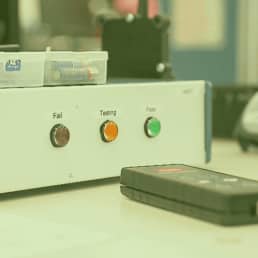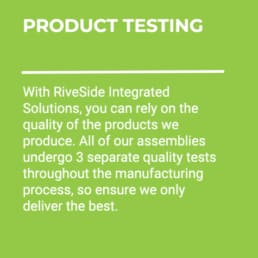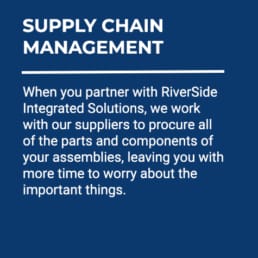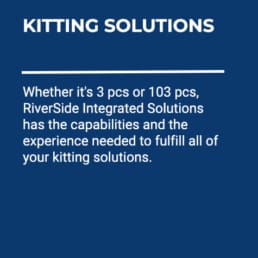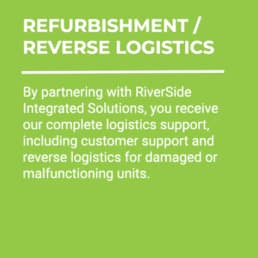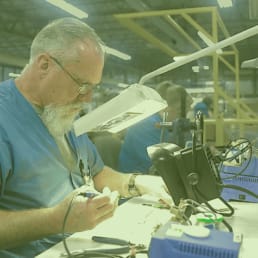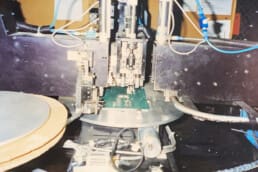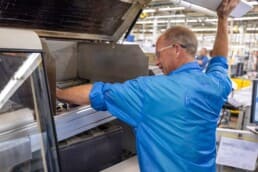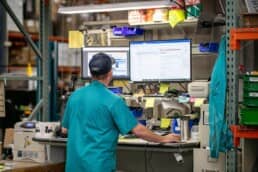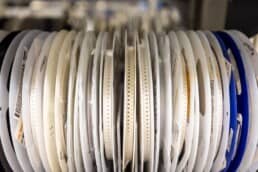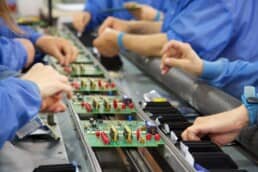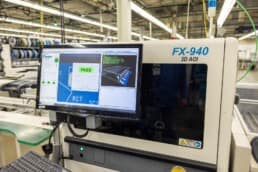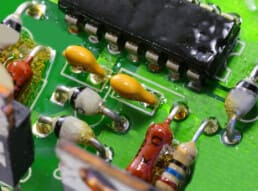Top 7 Reasons to Follow the On-Shoring Trend
For decades, it was accepted that moving production to overseas factories was a surefire way to reduce manufacturing costs. Companies believe it would boost their profits.
Production required a lot of labor, and labor was cheaper overseas. So, the reasoning went, moving the production overseas would save massively on labor. An assembler in Chicago is indistinguishable from one in Chengdu in all other aspects.
However, this logic is becoming increasingly outdated. Moving production overseas doesn’t consistently deliver the compelling value it may have in years past.
This is especially true when firms look closer at the total costs of moving overseas production. As this article from The Atlantic demonstrates, an “on-shoring” trend has been building for some time now. This is true even among high-volume manufacturing titans like GE.
On-shoring is the act of bringing manufacturing back to the States. This is the opposite of off-shoring, which is the act of relocating manufacturing to a foreign country.
ON-SHORING VS. OFF-SHORING
One critical distinction is between off-shoring and outsourcing. Outsourcing refers to moving some or all of a company’s operations to an outside partner. It could include production, IT, customer service, HR or any other company service. That partner can be across the street or the Pacific.
Off-shoring is one type of outsourcing, but not all outsourcing is off-shoring.
Outsourcing can deliver many advantages to an original equipment manufacturer (OEM). It can lower prices and shorten lead times from vendors. It can also result in cost-effective, on-demand production capacity.
But off-shoring’s track record of providing cost savings is mixed at best, especially in the last 20 years. The now apparent shortcomings of off-shoring are driving the recent on-shoring trend among OEMs of all sizes.
And here are the seven reasons you should join them.
REASONS TO ON-SHORE MANUFACTURING OPERATIONS
RISING WAGES
Factory wages, especially in China, have been steadily increasing. The original business justification for off-shoring was the much lower wages of foreign workers in developing nations like China. As their industrial economies grew, so have the once-cheap wages. This has eroded much of the promised labor cost savings of off-shoring.
SHOPPERS PREFER AMERICAN MADE
US consumers generally vote with their wallets and buy American when given a choice. A “Made in the USA” label can nudge many shoppers into buying your product over a competitor’s. Americans have clarified that they will spend a little more to support American manufacturing.
SIMPLER LOGISTICS
On-shoring can save you from logistic logjams. Off-shoring increases your supply chain’s logistical complexity, cost, and inertia. Container ship leads times are much longer, turning the wait into weeks rather than days. Because of this, your company is far less nimble to adjust production volumes to reflect the market demand.
REDUCE COSTS
Off-shoring increases logistics costs. International shipping, tariffs and the necessary overhead to manage a global supply chain add to high OEM costs.
Shorter product lifecycles require closer collaboration between production, engineering and marketing. All of this becomes harder to maintain when time zone differences and language barriers exist.
ENSURE PRODUCT QUALITY
Ensuring quality products is easier with domestic production. When it comes to overseas factories, inconsistent quality is the only consistency. The inability to efficiently respond to quality issues is another reason OEMs choose on-shoring. This can also help with adherence to quality standards and current good manufacturing practices.
AUTOMATION
Today’s American factories rely more on robotics, automated optical inspection equipment and other automation technologies. This great efficiency has made them more cost-competitive with their overseas counterparts.
Increasing throughput for an OEM allows them to compete with higher product sales, leading to larger bottom-line margins.
IP PROTECTION
Only some countries enforce patents and other legal protections for intellectual property. Off-shoring to a country that doesn’t exposes your core business assets to outright IP theft or blatant counterfeiting. This allows other companies to steal your customers and damage your brand.
Ultimately, on-shoring can produce large volumes of high-quality products that are cost-effective for all OEMs.
When deciding where to manufacture your next innovative product, look at US-based contract manufacturers like RiverSide Integrated Solutions. We can fulfill your manufacturing requirements while avoiding off-shoring’s pitfalls.
About RiverSide Integrated Solutions
RIS is an advanced contract manufacturer providing robust solutions in circuit board assembly and product assembly. We employ more than 350 people and provide services to OEMs worldwide. We operate two state-of-the-art manufacturing facilities within the US.
With all of the choices in contract manufacturers out there, we know it can be challenging to find someone who understands your business model and has your best intentions in mind. RIS has always proven to be a win-win-focused relationship.
As your one-stop shop, we have the capabilities, capacity, quality assurance standards and resources to support all of your manufacturing needs. We understand that supply chain management is complex and very time-consuming, so we urge our customers to utilize us in the fullest capacity.
Our total-package solutions include:
- Extensive supply-chain network
- Full box-build assembly
- Dedicated Program Team
- Warehousing, kitting and drop-shipping capabilities
- Reverse logistics
- Flexible order fulfillment
- Scalability to meet your needs
Contact us today at (507) 523-3220 to see how we can help with your manufacturing project, or click contact us for a quote.



